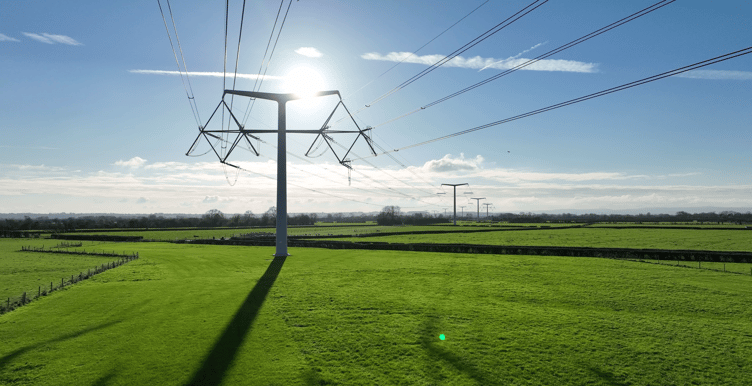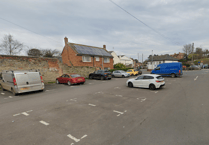ELECTRICITY has started flowing to homes and businesses in Somerset through the world’s first T-pylons in a major milestone for the National Grid’s Hinkley Point C connection project.
They represent the first new pylon design in the UK for nearly 100 years and will eventually connect low carbon energy from the Hinkley C nuclear power station to six million homes and businesses across the Westcountry.
National Grid successfully energised 36 of the T-pylons constructed between Bridgwater and Loxton, near Weston-super-Mare, as part of the £900 million Hinkley connection project.
The 35-mile-long high-voltage electricity line will connect Hinkley C’s two reactors across the Somerset countryside and under the Mendip Hills to Seabank, near Avonmouth, Bristol.
National Grid project director Steven Haskayne said: “We are extremely proud to have reached this significant milestone on the Hinkley connection project.
“The T-pylons are now reinforcing and strengthening the network in the South West and are ready for the connection of low carbon energy when Hinkley Point C starts generating.
“This new design forms part of our significant investment in the network in England and Wales, adding capacity onto the grid to deliver low carbon electricity to millions of people across the UK to use for years to come, and helping the UK’s journey towards net zero.
The T-design, with a single pole and cross shaped arms, is around one-third shorter than traditional pylons and has a smaller ground footprint.
National Grid will complete and energise a further 80 T-pylons by 2024, and will also remove 249 traditional lattice pylons stretching for 42 miles across Somerset, leaving the area free of pylons for the first time since the 1960s.
The full route of the Hinkley connection project will be made up of 14 inter-connected stages and is set for completion by 2025, with the nuclear plant’s first reactor due to start generating electricity in mid-2027 and it’s second one a year later.





Comments
This article has no comments yet. Be the first to leave a comment.